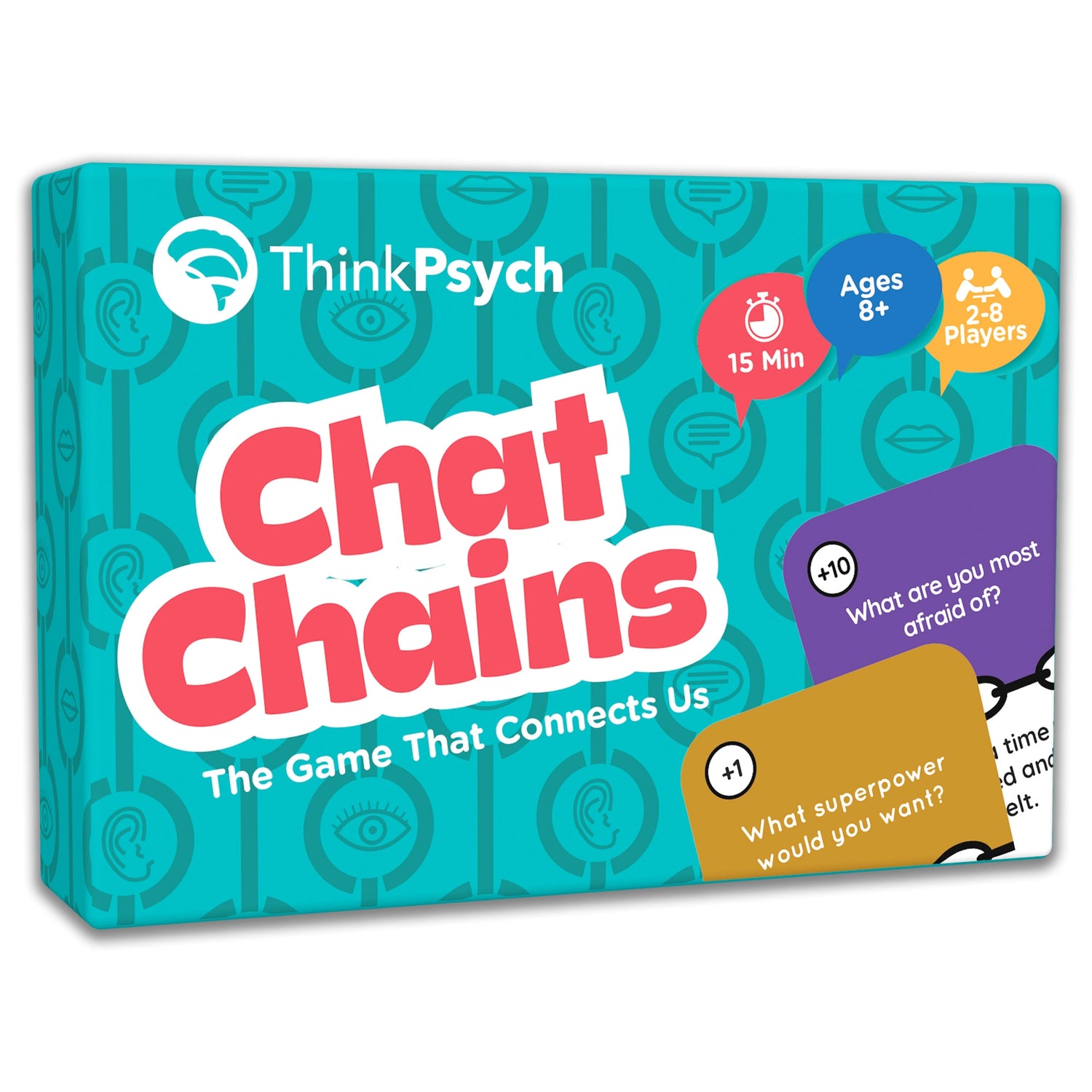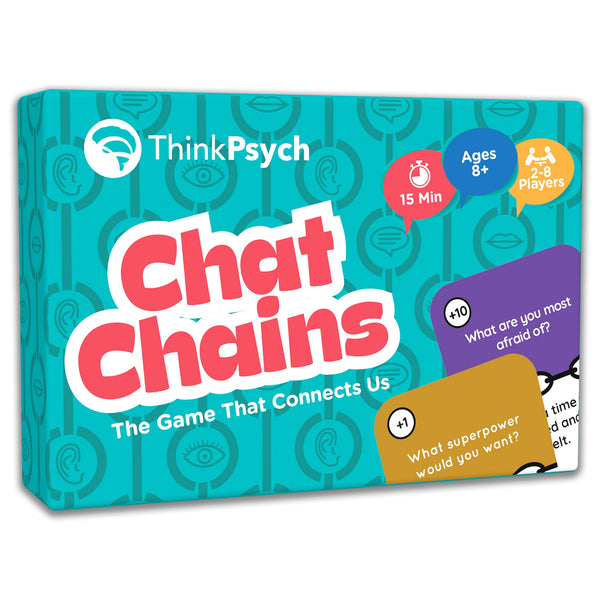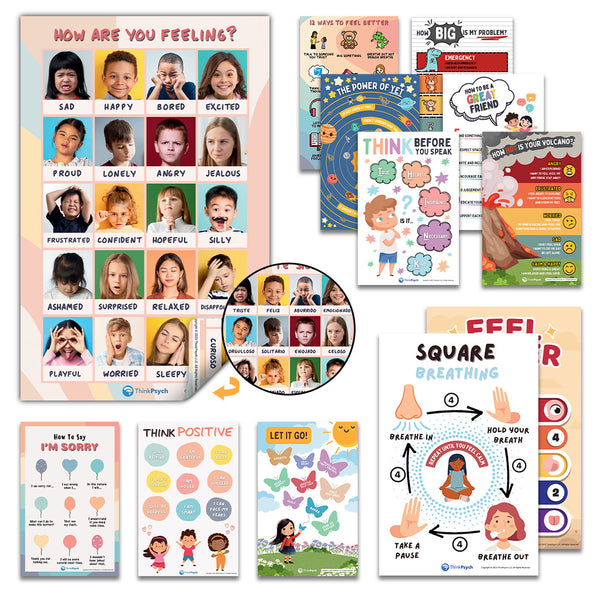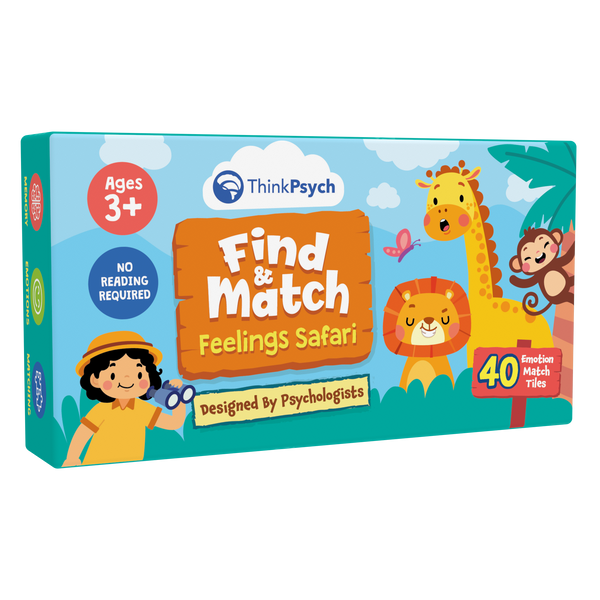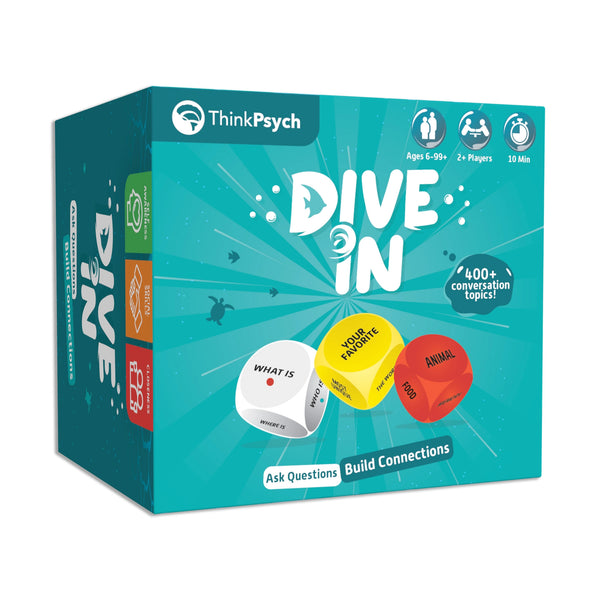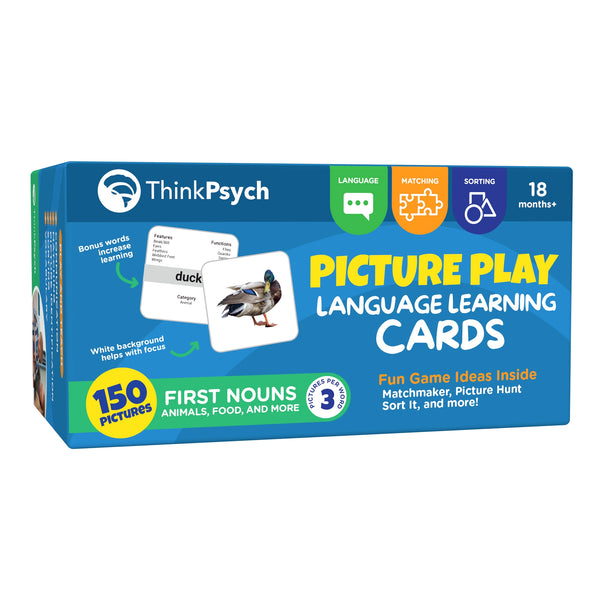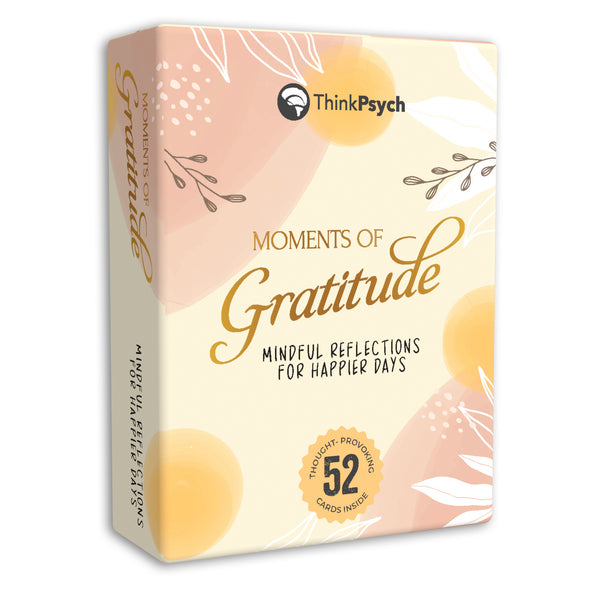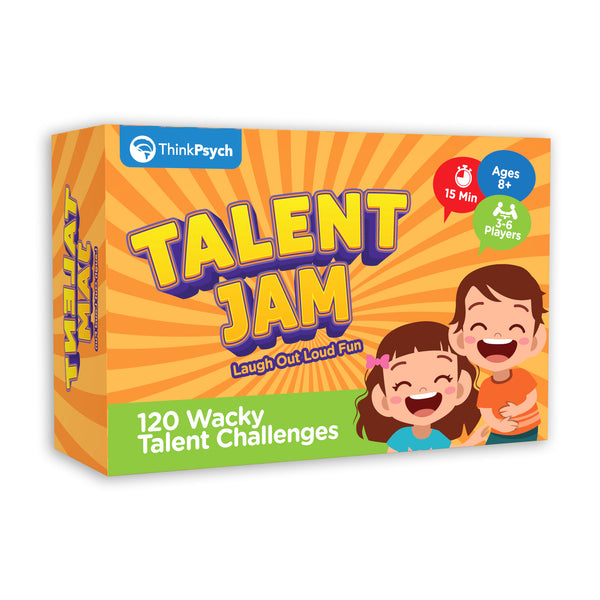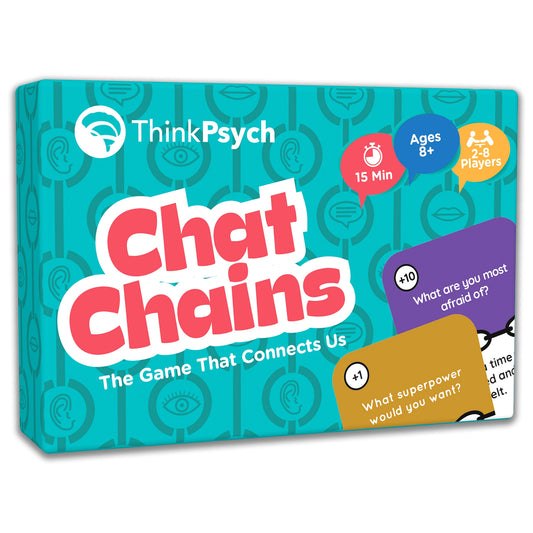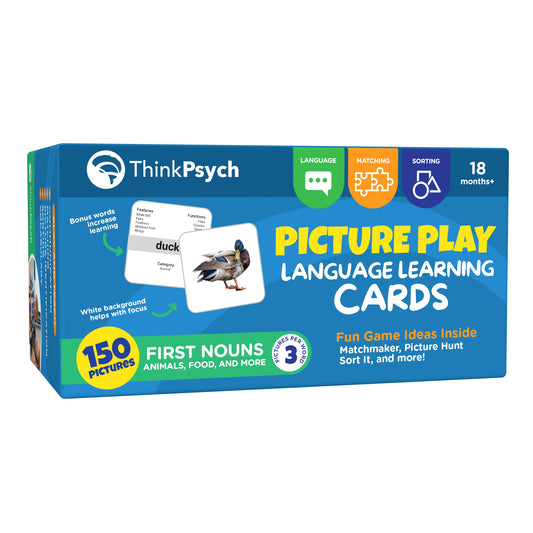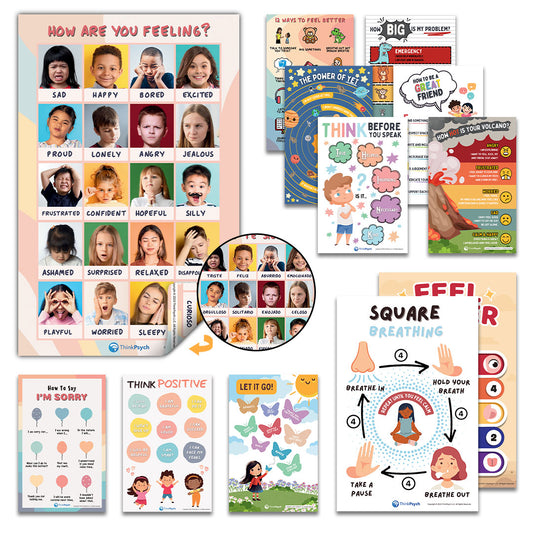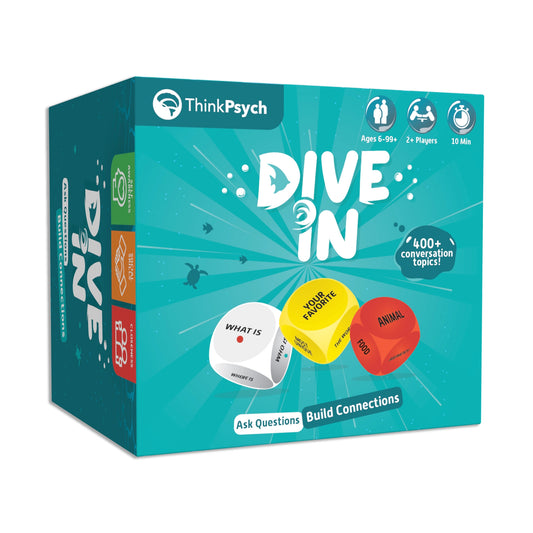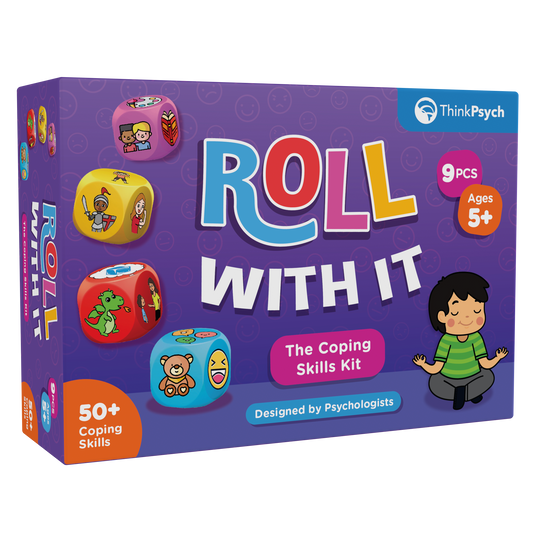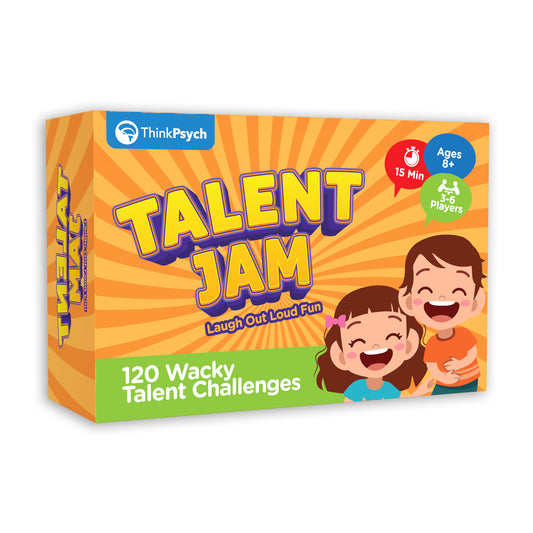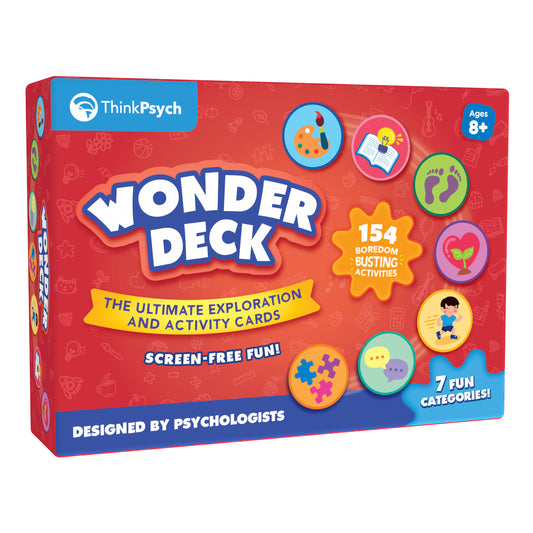
Anger Management Tips for Kids
Share
An angry outburst can make even the most patient of parents want to head for the hills. But one of the most important things to remember about anger issues in a child is that it’s not all bad! Expressing emotions is necessary for them to learn how to manage their feelings. It’s just important that the anger is managed effectively. If your child is throwing tantrums or acting out, here’s how you can help them deal with it.
Keep Calm
The reaction to anger, even if you’re dealing with a child, is often anger. But anger is only going to heighten an already tense situation and make your child more upset. Instead of going on the defense when you’re seeing signs of anger issues in your child, display calmness and control over your emotions. This will help to diffuse the situation so you can deal with the underlying issue.
Don’t Give In
Being calm is key, but that doesn’t mean you should let your child get away with bad behavior. When it comes to anger management for kids, be sure to stand your ground when these situations arise. Once your child has calmed down and expressed their anger constructively, you can then compliment them on keeping calm. This helps to instill a calm attitude towards anger so they can regulate their behavior in the future.
Engage in Problem Solving
It might not seem like the best time to develop anger management tools for kids is in the thick of it. However, in the moment is the best time to understand the emotion. Ask your child how they feel and if they know what to do. You may even want to create an ‘anger thermometer’ for them. Draw a large thermometer on a piece of paper, putting a ‘0’ at the bottom and a ‘10’ at the top. A little understanding of where they’re at can help to ease the situation.
Try a Time Out
A time out can be a good way to immediately deal with anger issues in your child. Try putting a chair in a corner of their room or another space where they can’t play with their toys or games. You may want to start with a 1-minute time out and see if this improves the situation. A calm-down corner can also work as a form of positive discipline. This is a space where they can color, read a book, or take deep breaths so they can learn to calm themselves down.
Avoid Triggers
There’s usually a discernible pattern to a child’s angry outbursts. Whether it’s bedtime or before their nap, knowing the triggers can help determine how to control anger issues in a young child. If you’ve found a pattern, a good way to deal with it is to give your child a warning. For example, if they’re having tantrums around dinner say, “It’s time to have dinner in 10 minutes.” This will give your children time to adjust to a change so they’re not taken off guard.
Shop ThinkPsych Products
Conclusion
If your child is lashing out frequently and anger management tips for kids aren’t improving the situation, it may be a good idea to seek help. Sometimes, anger or aggression may be related to an undiagnosed condition that needs to be addressed by a child psychologist or psychiatrist. For parents who are struggling to open up a dialogue with their child about anger, Chat Chains can be a great way to get the conversation started.
References
Verywell Family. 7 Ways to Help a Child Cope with Anger. https://www.verywellfamily.com/ways-to-help-an-angry-child-1094976
Child Mind Institute. Angry Kids: Dealing With Explosive Behavior. https://childmind.org/article/angry-kids-dealing-with-explosive-behavior/
